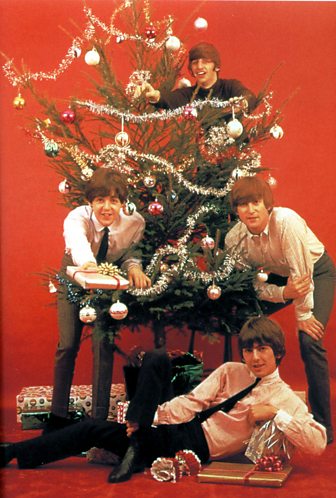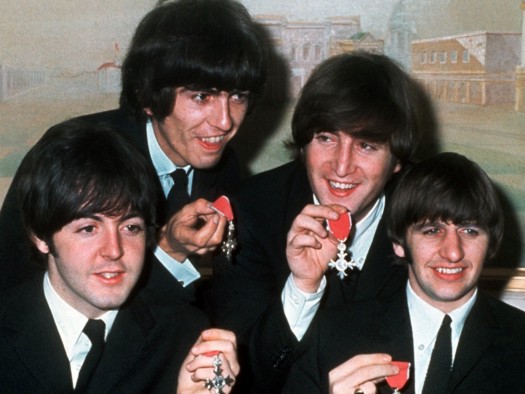'Love Me Do' is Paul's song. He wrote it when he was a teenager. Let me think. I might have helped on the middle eight, but I couldn't swear to it. I do know he had the song around, in Hamburg, even, way, way before we were songwriters" John Lennon in David Sheff's : All We Are Saying). [8] For their first single, George Martin wanted The Beatles to record a promising song by Mitch Murray, a young British songwriter. I was convinced that How Do You Do It was a hit song. Not a great piece of songwriting, not the most marvellous song I had ever heard in my life, but I thought it had that essential ingredient which would appeal to a lot of people. The boys stubbornly refused, 'We couldn't sing that in Liverpool,' they told him. 'We want to record one of our own songs.' Reluctantly, Martin allowed them to record LOVE ME DO - the song he considered the best of a bad bunch. Read full story (free) on Medium (3 minutes)










